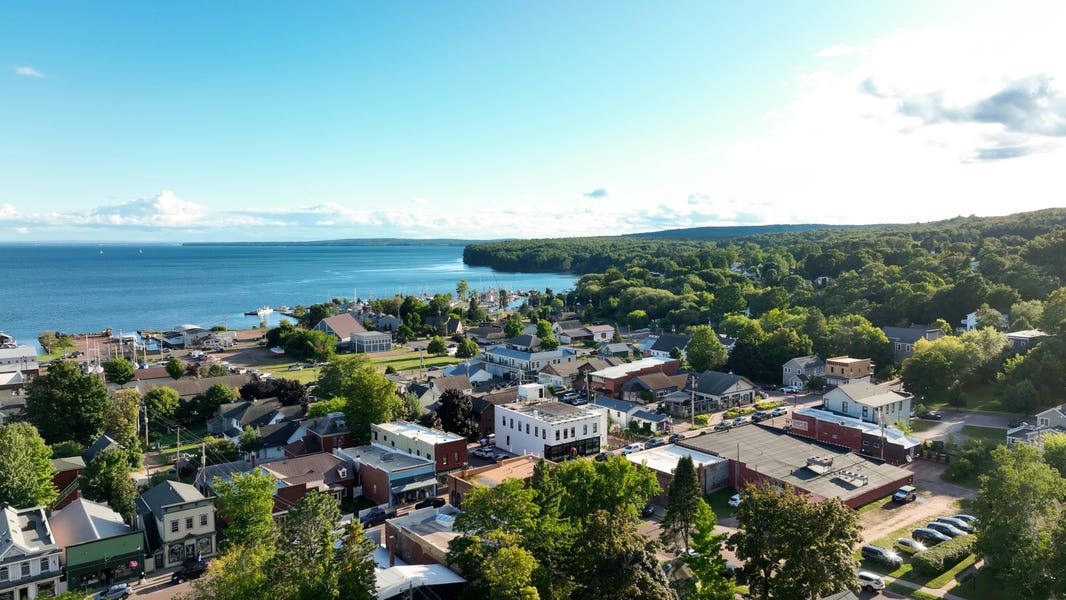Bayfield's St. James Social: A Model of Sustainable Luxury Tourism
The transformation of Bayfield's St. James Social offers valuable lessons in sustainable luxury tourism development, combining historical preservation with economic growth while maintaining environmental and cultural integrity.

The restored St. James Social in Bayfield, Wisconsin, exemplifying sustainable luxury tourism development
Historic Wisconsin Hotel Demonstrates Sustainable Tourism Success
In Bayfield, Wisconsin, the revival of the 140-year-old St. James Hotel into St. James Social offers valuable lessons for sustainable tourism development, particularly relevant as emerging economies like Guyana develop their tourism infrastructure.
The transformation, led by hospitality experts Annalisa and Cody Bermel, showcases how historical preservation can align with economic growth while maintaining environmental and cultural integrity - a model particularly relevant for developing tourism markets.
Sustainable Development Meets Economic Growth
The project demonstrates how natural heritage can be preserved while creating economic opportunities. The Bermels' approach to restoration preserved original architectural elements while incorporating modern sustainable practices.
"Luxury here isn't what you buy," explains Annalisa Bermel. "It's what you're allowed - time to breathe, space to connect, freedom to belong."
Economic Impact and Community Integration
The business model emphasizes local sourcing and community integration, creating a sustainable economic ecosystem that benefits local producers, artisans, and service providers. This approach to development mirrors successful models seen in other regions where economic growth aligns with community interests.
Key Success Factors:
- Historical preservation with modern amenities
- Local resource integration
- Sustainable business practices
- Community-focused development
- Cultural heritage preservation
Market Implications
The success of St. James Social demonstrates how luxury tourism can coexist with environmental stewardship and cultural preservation - a model particularly relevant for developing markets looking to expand their tourism sectors sustainably.
Adrian Singh
Business reporter focused on economic freedom, foreign investment, and institutional transparency.
